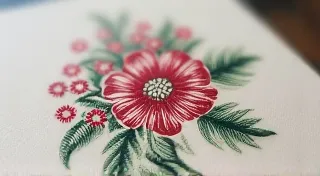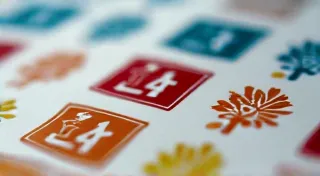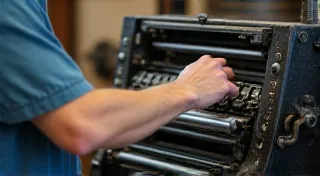A Brief History of Letterpress: From Gutenberg to Modern Revival
Letterpress printing, a technique deeply intertwined with the history of communication and design, boasts a rich and fascinating past. From its revolutionary beginnings to its unexpected modern resurgence, the story of letterpress is a testament to human ingenuity and the enduring appeal of tactile, handcrafted artistry.
The Gutenberg Revolution (1450s)
The genesis of letterpress printing is undeniably linked to Johannes Gutenberg in the 1450s. Prior to Gutenberg, books were painstakingly copied by hand, a process that made them incredibly expensive and rare. Gutenberg, a German goldsmith and inventor, combined existing technologies—movable type, the printing press, and oil-based ink—to create a truly groundbreaking system. His most famous achievement, the Gutenberg Bible, demonstrated the transformative power of movable type. Gutenberg’s press allowed for the mass production of texts, democratizing knowledge and fueling the Renaissance.

The Spread and Development (1500s - 1800s)
Following Gutenberg’s invention, letterpress printing rapidly spread across Europe and eventually to the Americas. Early printers refined the process, experimenting with different typefaces, ink colors, and paper qualities. The period saw the development of various styles, each reflecting the aesthetic preferences of the era. Victorian era printing, for example, was known for its intricate ornamentation and elaborate designs.
Notable advancements included improved presses, such as the Stanhope press (1800s), which introduced a lever system, making printing faster and more efficient. The rise of commercial printing during this time significantly impacted the visual landscape, influencing advertising and book design. Achieving perfect alignment, or registration, became increasingly important as printing became more sophisticated – a critical element that contemporary practitioners still prioritize, demonstrating the enduring challenges and rewards of the craft. For those looking to delve deeper into this vital aspect, a closer look at the importance of registration in letterpress printing reveals the nuances of this crucial skill.
The Decline and Near Extinction (1900s)
The 20th century brought about significant challenges for letterpress printing. The introduction of offset lithography and other faster, cheaper printing methods gradually pushed letterpress to the margins. By the mid-century, it was largely considered an obsolete technology, confined to niche applications and historical demonstrations.
The Modern Revival (Late 20th Century - Present)
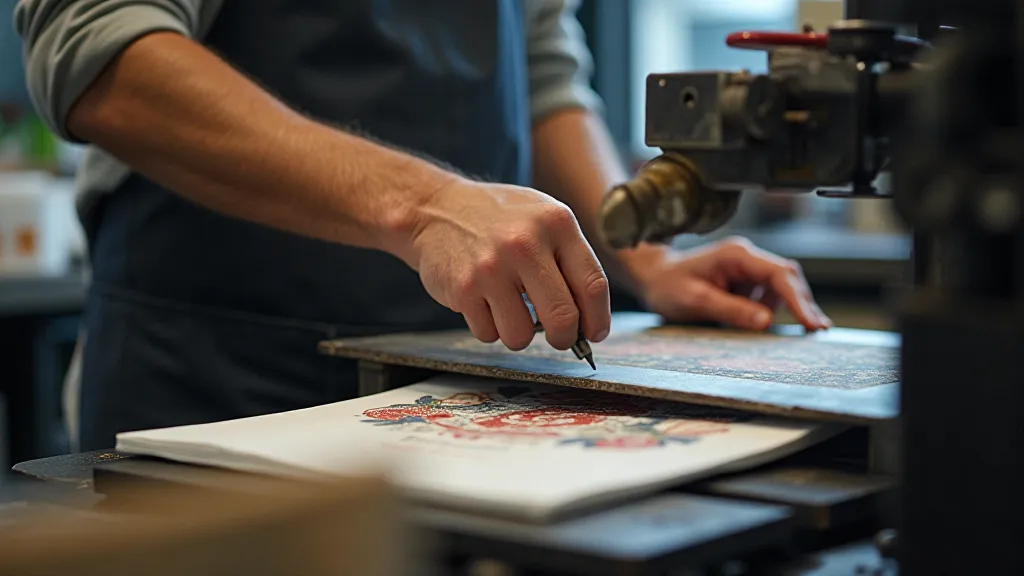
Surprisingly, letterpress printing experienced a significant revival in the late 20th and early 21st centuries. Driven by a desire for unique, tactile products and a rejection of mass-produced uniformity, designers, artists, and craftspeople began embracing the traditional technique. This renaissance involved not only rediscovering the artistry of letterpress, but also a renewed commitment to maintaining and restoring the vintage equipment that makes it possible. Preserving letterpress equipment requires dedicated care and expertise; tips for preserving letterpress equipment offer a valuable resource for those seeking to keep these historic machines operational.
This revival has been fueled by several factors: the availability of refurbished vintage printing presses, a growing appreciation for handmade goods, and a desire to connect with a more tangible and authentic form of communication. Contemporary letterpress printers are pushing the boundaries of the craft, experimenting with different paper stocks, inks, and techniques to create stunning and personalized pieces. The process itself can be daunting for newcomers, but the rewards of creating a beautifully letterpressed piece are immense. Imagine crafting your first project - a calling card, a small poster, or even wedding invitations. For those eager to begin their letterpress journey, a beginner's checklist provides a practical roadmap: see printing your first letterpress project: a beginner’s checklist for essential steps.
The tactile nature of letterpress, the unique impression left on the paper, isn’t merely aesthetic; it’s a visceral experience that connects the recipient to the creation process in a way that digital printing simply can’t replicate. It’s a commitment to slow production, to tangible beauty, and to a level of craftsmanship that resonates with a growing audience.
The resurgence has also prompted discussions about the future of this historical craft, exploring innovative techniques and design approaches to keep it relevant and appealing in a digital world. What innovations and trends will shape the next chapter of letterpress? The future of letterpress: innovations and trends article delves into these exciting possibilities.
Today, letterpress printing finds application in a wide range of areas, from wedding invitations and stationery to art prints and branding materials. The combination of its aesthetic appeal and the unique feeling it provides—the impression left on the paper—continues to captivate and inspire.
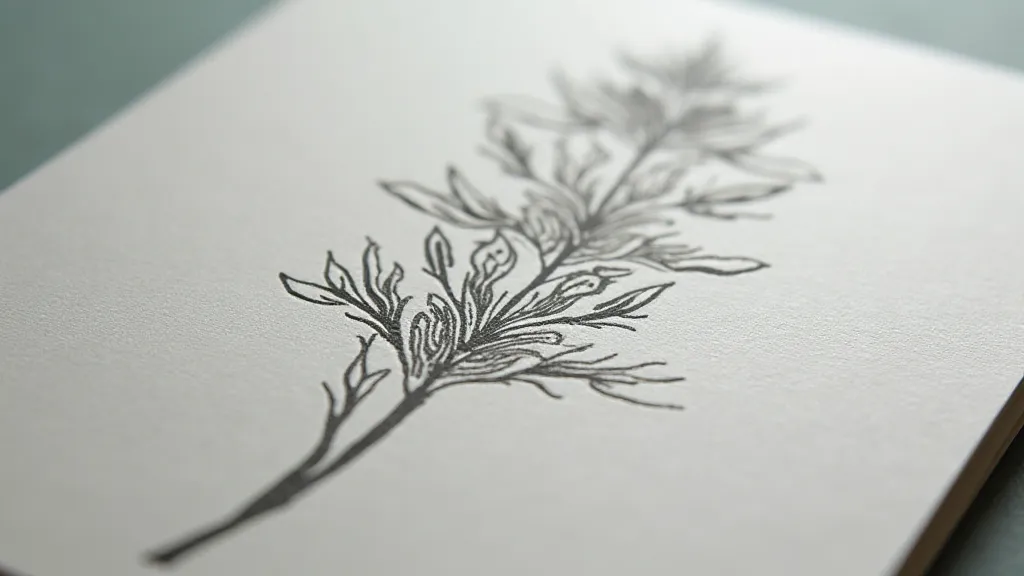
The Enduring Appeal of Tactility
Beyond the technical aspects, the revival of letterpress is fundamentally about a yearning for connection. In a world saturated with digital information and mass-produced goods, letterpress offers a counterpoint—a return to the tangible, the handmade, the authentically crafted. This desire for tangible objects, for objects with a story to tell, is driving not only the popularity of letterpress but also a broader appreciation for traditional crafts and artisanal products.
Conclusion
The history of letterpress printing is a captivating journey through technological innovation, artistic expression, and a cyclical return to craftsmanship. From Gutenberg’s revolutionary press to the contemporary resurgence, letterpress remains a powerful and relevant medium for creating beauty and meaning. It stands as a testament to the enduring power of human ingenuity and the timeless appeal of tactile artistry, a craft poised to continue inspiring and captivating for generations to come.
